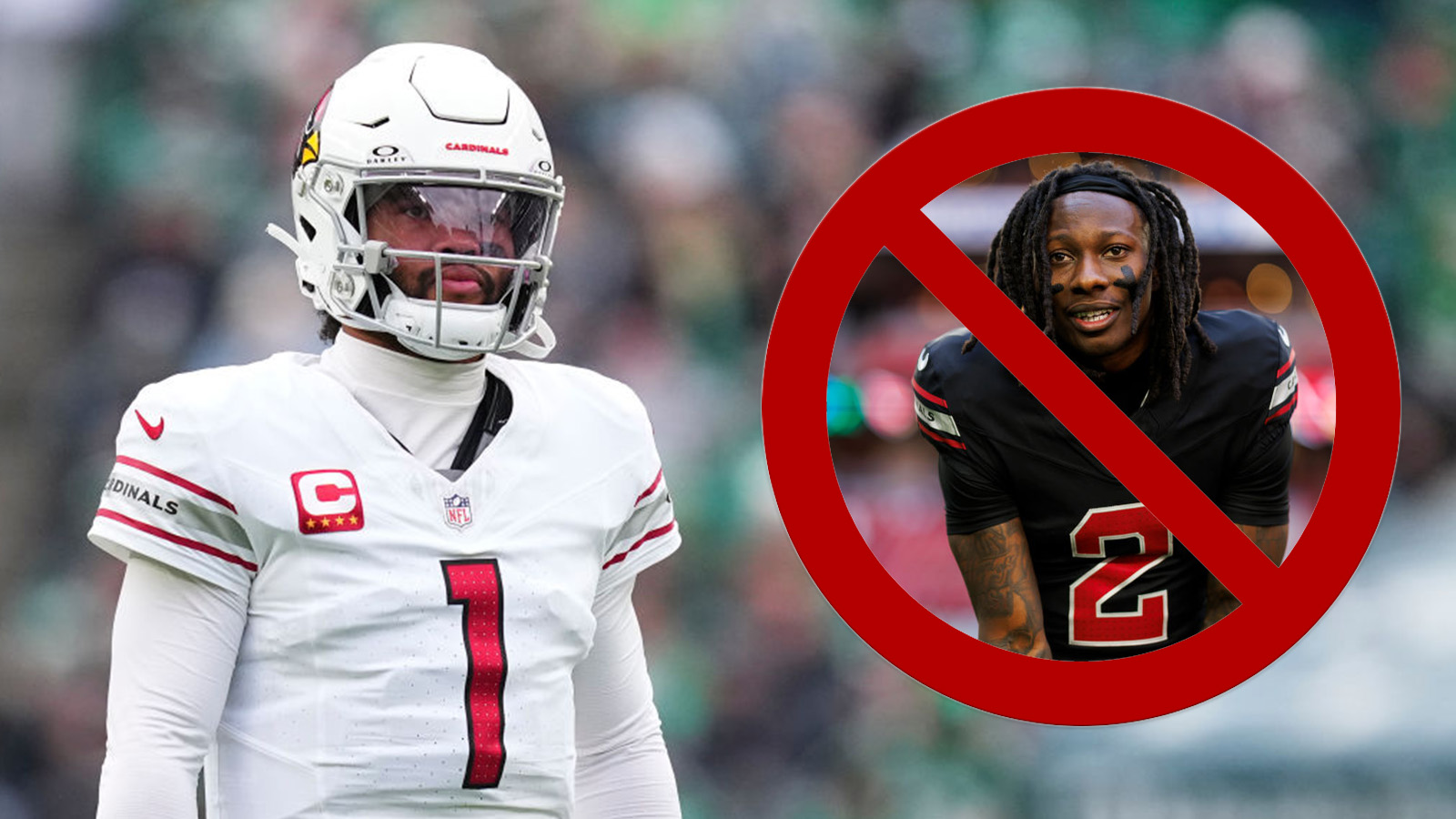
What is an NFL Passer Rating and How is It Calculated?
If you’re a sports fan, you’re well-acquainted with statistics and other numbers. Some of those metrics—like baseball’s hits or the football’s rushing yards—are pretty intuitive. Others, however, are a bit more complicated. Take, for example, the NFL’s passer rating, which, at least in theory, measures how well a quarterback passes the pigskin.
While that name might seem elementary, not every NFL fan knows the nuts and bolts behind that stat. What actually is an NFL passer rating, and how is that number calculated?
What is the NFL passer rating?
For most NFL players, their stats are a simple matter of counting. Running backs, for example, have rushing yards and touchdowns; defensive players record tackles, passes defended, and interceptions when they take the field. Quarterback statistics, however, can be a bit less obvious.
As explained by the Pro Football Hall of Fame, the NFL used different ways of crowning a passing leader at different points in history. From 1932-1937, for example, the title went to the QB with the most passing yards; completion percentage was also used from 1938-1940.
Those measurements, however, were imperfect; ideally, the league’s passing leader would throw accurately and pile up plenty of yards. With that in mind, the NFL tried various combinations of stats and rankings to make the final determination.
In the early 1970s, however, the league finally settled on one catch-all stat to, in theory, uniformly measure a quarterback’s passing performance.
“A special study committee headed by the late Don Smith of the Pro Football Hall of Fame; Seymour Siwoff of Elias Sports Bureau (the official NFL statisticians); and the late Don Weiss of the National Football League created the passer rating that is now in use in the NFL,” the Pro Football Hall of Fame explains.
How is passer rating determined?
In isolation, a passer rating seems like a pretty simple concept; why look at a variety of stats when you could have one, catch-all metric. In practice, however, there’s a great deal of math going on behind the scenes.
Passer rating is based on four metrics: completion percentage, yards per passing attempt, touchdown percentage, and interception percentage. Knowing those individual stats, though, is only the start. In a 2001 Slate post, there was a step-by-step explainer, just in case you want to crunch the numbers yourself.
1. Completion percentage: Subtract 30 from the percentage of passes that are thrown for completions, then multiply by .05.
2. Yards per attempt: Subtract yards per passing attempt by three, then multiply by .25.
3. Touchdown percentage: Multiply the percentage of touchdown passes per passing attempt by .2.
4. Interception percentage: Multiply the percentage of interceptions per passing attempt by .25, then subtract that number from 2.375.
The scores for each category are added together. That sum is divided by six and multiplied by 100, which converts it into a rating on a scale from zero to 158.3
Slate’s passer rating explainer
It’s worth noting that the NCAA calculates passer rating slightly differently. The same four base metrics are considered, but slot into an alternate formula.
The stat, however, is far from ideal
If you’ve watched any NFL broadcast, you’ve probably heard or seen at least one reference to passer rating. Not everyone, however, loves the stat.
As Nathan Jahnke explained for Pro Football Focus, there are a variety of issues with passer rating. The individual components aren’t always representative of a quarterback’s performance; completion percentage, for example, can be torpedoed by an underperforming receiving corps. Similarly, some interceptions are simply due to bad luck.
Since the metric was created in the 1970s, the passer rating formula wasn’t exactly built for the explosive offenses of 2020. “The equation is basically saying that a completion is worth as much as 20 yards, a touchdown is worth as much as 80 yards, and an interception is worth -100 yards,” Jahnke explained. “It makes sense that touchdowns are worth more than yards, and interceptions are negative, but, as the example illustrates, completions are very much overvalued because in reality, they only help if they gain yards.”
So is the passer rating an invaluable stat or an obsolete and overcomplicated metric? The beauty is in the eye of the beholder. No matter which side of the aisle you fall on, though, at least you’ll be informed when you hear someone throwing the numbers around on Sunday.



